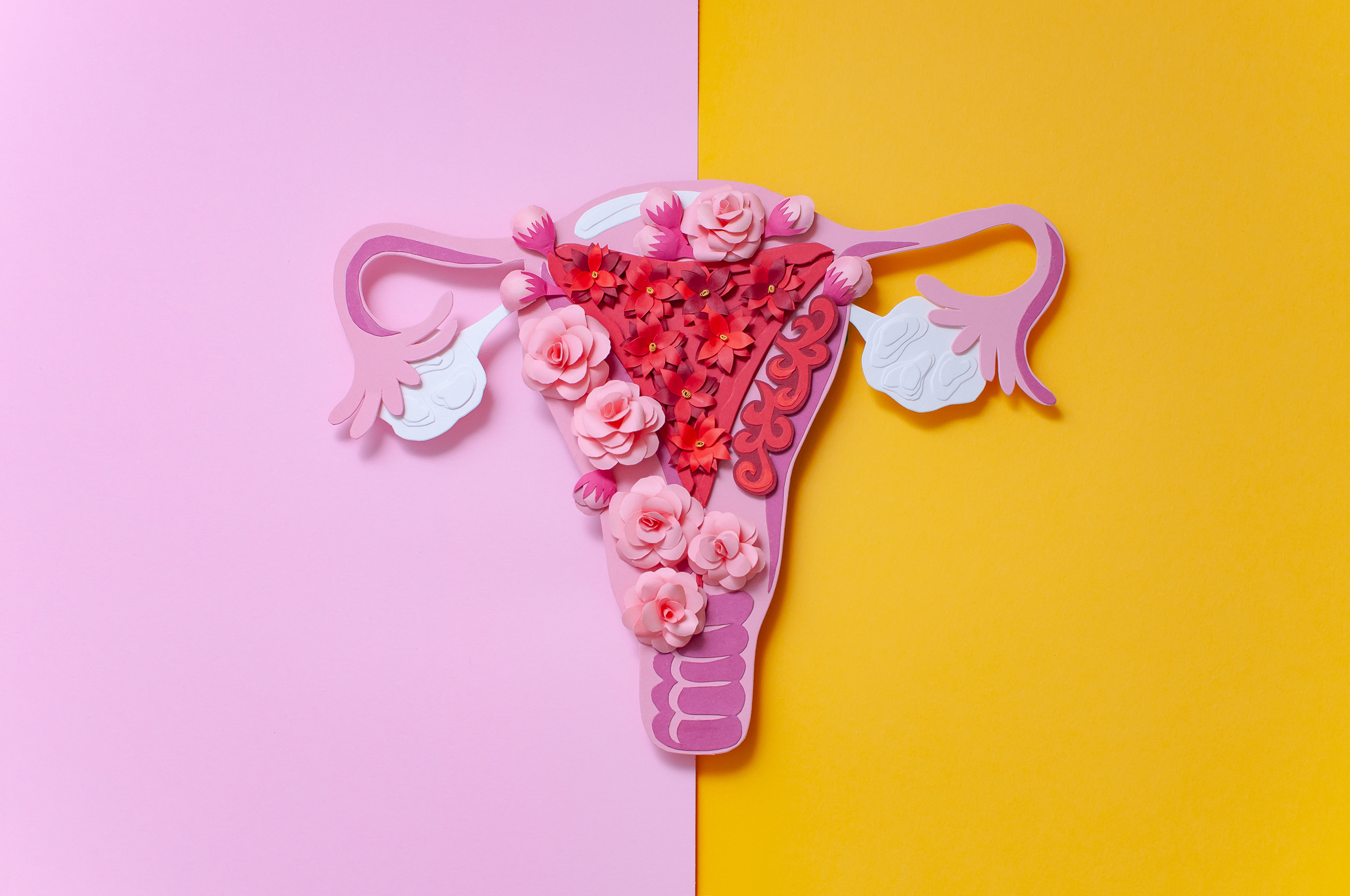A hysterectomy is not a cure for endometriosis; however, many people with endometriosis also experience problems with their uterus or ovaries (such as adenomyosis, fibroids, ovarian cysts, and other conditions that can contribute to chronic pelvic pain) that could benefit from removal of the uterus and/or ovaries. For example, adenomyosis and endometriosis have been found together anywhere from 21.8% to 79% of the time (Antero et al., 2017; Di Donato et al., 2014; Kunz et al., 2005). Both endometriosis and fibroids have been found together in 12-26% of patients, although one small study found both in 86% of the patients studied (Huang et al., 2010; Nezhat et al., 2016; Uimara et al., 2011).
However, the benefits versus the risks of removal of the uterus and especially the ovaries must be weighed carefully. For some of the effects of long term low estrogen see here. Using a hysterectomy to treat endometriosis alone may still leave you susceptible to continued symptoms and other problems from remaining lesions [one example: hydronephrosis from endometriosis left around ureters (Bawin, Troisfontaines, & Nisolle, 2013)]. For more on endometriosis persisting after a hysterectomy see here.
- “The main result of our study is somewhat surprising and contrary to the common notion that hysterectomy, as a last measure, effectively relieves endometriosis-related pain. Nevertheless, the results are in line with two other national register studies on postoperative pain and patient-reported outcomes. Hysterectomy is often considered the last option to treat endometriosis, as the procedure by its very nature ends reproduction. If hysterectomy does not decrease the need for analgesics postoperatively, the effectiveness of the procedure as an integral, albeit final, stage of endometriosis pain management becomes doubtful, however.” (Brunes et al., 2021)
- “Persistent or recurrent endometriosis after a total abdominal hysterectomy and bilateral salpingo-oophorectomy (TAH BSO) has been reported by several investigators.” (Hasty & Murphy, 1995)
- “According to literature, there are no randomized controlled trials for hysterectomy as the treatment for endometriosis.” (Bellelis, 2019)
- “Endometriosis which is not removed at the time of hysterectomy and bilateral salpingo‐oophorectomy may represent after a variable time interval with many or all of the symptoms which prompted the original surgery. This tissue can be highly active and responsive to exogenous hormonal stimulation. In the presence of troublesome symptoms, excision of residual endometriosis may be effective and should be considered.” (Clayton et al., 1999)
- “A high recurrence rate of 62% is reported in advanced stages of endometriosis in which the ovaries were conserved. Ovarian conservation carries a 6 fold risk of recurrent pain and 8 folds risk of reoperation. The decision has to be weighed taking into consideration the patient’s age and the impact of early menopause on her life style. The recurrence of endometriosis symptoms and pelvic pain are directly correlated to the surgical precision and removal of peritoneal and deeply infiltrated disease. Surgical effort should always aim to eradicate the endometriotic lesions completely to keep the risk of recurrence as low as possible.” (Rizk et al., 2014)
- “Studies have showed that the growth and progression of endometriosis continue even in ovariectomized animals.” (Khan et al., 2013)
- Read more here: “Endometriosis persisting after hysterectomy and bilateral salpingo-oophorectomy: Removing the disease, not organs, is key to long-term relief”: http://endopaedia.info/treatment21.html
References
Bellelis, P. (2019). 2607 Hysterectomy in Women with Endometriosis. Journal of Minimally Invasive Gynecology, 26(7), S177. Retrieved from https://www.sciencedirect.com/science/article/pii/S1553465019307393
Brunes, M., Altman, D., Pålsson, M., Söderberg, M. W., & Ek, M. (2021). Impact of hysterectomy on analgesic, psychoactive and neuroactive drug use in women with endometriosis: nationwide cohort study. BJOG: An International Journal of Obstetrics & Gynaecology, 128(5), 846-855. Retrieved from https://obgyn.onlinelibrary.wiley.com/doi/full/10.1111/1471-0528.16469
Clayton, R. D., Hawe, J. A., Love, J. C., Wilkinson, N., & Garry, R. (1999). Recurrent pain after hysterectomy and bilateral salpingo‐oophorectomy for endometriosis: evaluation of laparoscopic excision of residual endometriosis. BJOG: An International Journal of Obstetrics & Gynaecology, 106(7), 740-744. Retrieved from https://obgyn.onlinelibrary.wiley.com/doi/full/10.1111/j.1471-0528.1999.tb08377.x?fbclid=IwAR04aFoLsukqsYutNPNXtJNZpKLNEJbgOOon334NW8D7wvwzZMWaS2YaZts
Hasty, L. A., & Murphy, A. A. (1995). Management of recurrent endometriosis after hysterectomy and bilateral salpingo-oophorectomy. In Endometriosis (pp. 189-192). Springer, New York, NY. Retrieved from https://link.springer.com/chapter/10.1007/978-1-4613-8404-5_18
Khan, K. N., Kitajima, M., Fujishita, A., Nakashima, M., & Masuzaki, H. (2013). Toll‐like receptor system and endometriosis. Journal of Obstetrics and Gynaecology Research, 39(8), 1281-1292. Retrieved from https://obgyn.onlinelibrary.wiley.com/doi/full/10.1111/jog.12117
Rizk, B., Fischer, A. S., Lotfy, H. A., Turki, R., Zahed, H. A., Malik, R., … & Herrera, D. (2014). Recurrence of endometriosis after hysterectomy. Facts, views & vision in ObGyn, 6(4), 219. Retrieved from https://www.ncbi.nlm.nih.gov/pmc/articles/PMC4286861/
See https://icarebetter.com/learning-library/related-conditions/





comments are closed .